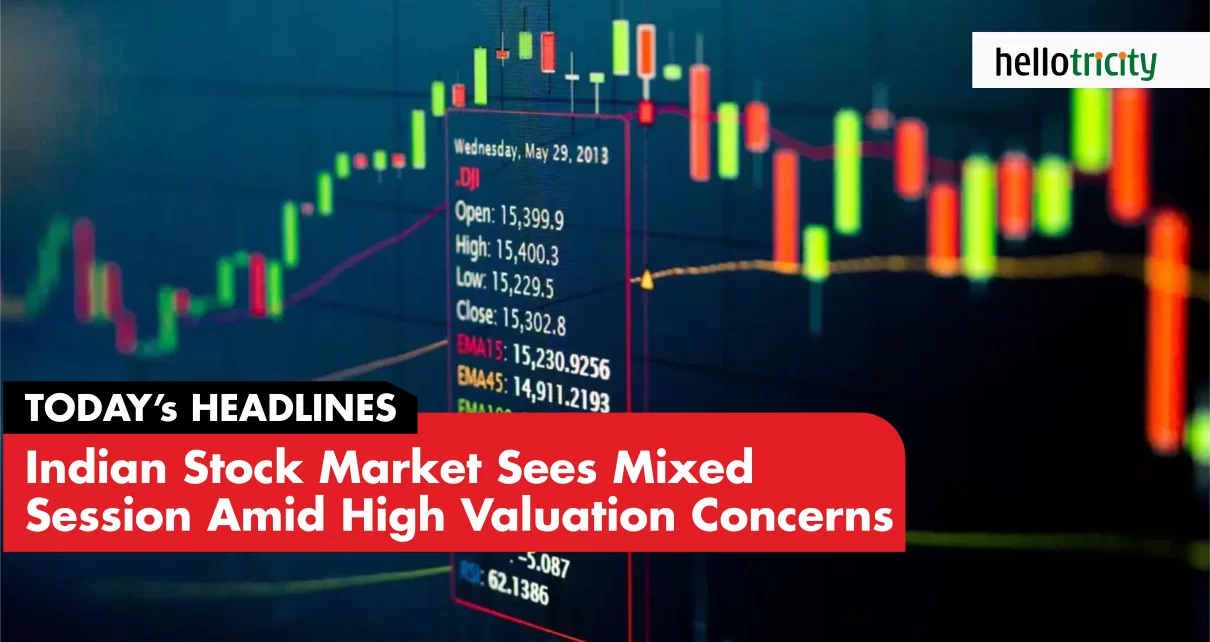Today, the Indian stock market experienced a mixed session marked by cautious trading and underlying concerns about high valuations. The BSE Sensex closed slightly lower, dipping by 0.3% to 62,870 points, while the Nifty 50 showed marginal stability, ending the day at 18,450 points, a minor gain of 0.1%.
Valuation Concerns and Market Sentiment
Current investigations on the stretched valuations of Indian stocks, shown in CLSA’s study, reveal that the gap between the Nifty earnings rate and the 10-year Indian government bond rate is 2.2 percentage points, a figure that has been scarcely observed since 2005. This disparity suggests limited future returns from equities compared to bonds, raising caution among investors.
Sector Performance
In regard to sector performance, the financial and energy sectors stood out; major banks such as HDFC Bank and ICICI Bank led in the gains. Nevertheless, during this period Reliance Industries, which is a worldwide goliath in this space that also happens to be a goliath, was one of the best performers among all stocks going up. On the contrary, companies such as Infosys and TCS operating within the IT and consumer sectors saw their share prices drop due to profits booked during last year’s bull run amid uncertainty over global economic problems.
Economic Outlook and Inflows
Despite valuation concerns, India’s economic outlook remains robust. It is believed that the Reserve Bank of India (RBI) will necessary maintain an accommodating position, potentially lowering interest charges so that the economy can grow further. It was easier to follow the movement of money from overseas among other countries into India through Foreign Institutional Investors (FIIs’) buying lots of shares in company ownership which helped stabilise these markets.
Also Read: Infosys Faces Penalty From Canada Over Alleged Employee Health Tax Underpayment
Retail Participation and IPO Market
Stocks of mid-cap and small-cap companies are capturing the eye of retail investors nowadays. The upcoming listings on high-profile for example, in Fintech and Electric Vehicles (EVs), signify a vibrant IPO market.
Conclusion
Although the rising share prices bring about challenges, a robust economic environment as well as large-scale institutional investments could help alleviate these issues. Investors must be selective by concentrating more on sectors that exhibit strong growth potential while at the same time checking valuation metrics to deal with the market at large effectively. This strategy will be necessary for managing the intricacies associated with Indian stock exchanges over the coming periods.




